Outsourcing can be a game-changer for e-commerce store owners. From customer service and fulfillment to marketing and web development, outsourcing helps businesses scale quickly without the overhead of hiring in-house teams.
But how do you ensure that the outsourcing partner you choose won't compromise your brand or your customers' experience?
In this guide, we'll walk through a practical, no-jargon approach to vetting an outsourcing partner for your e-commerce store. Whether you're just getting started or looking to optimize your current outsourcing strategy, this article will help you make informed, confident decisions.
Article Shortcuts:
- Step-by-Step Guide to Vetting Your E-Commerce Outsourcing Partner
- Common Outsourcing Mistakes to Avoid
- FAQ: Outsourcing Your E-Commerce Operations
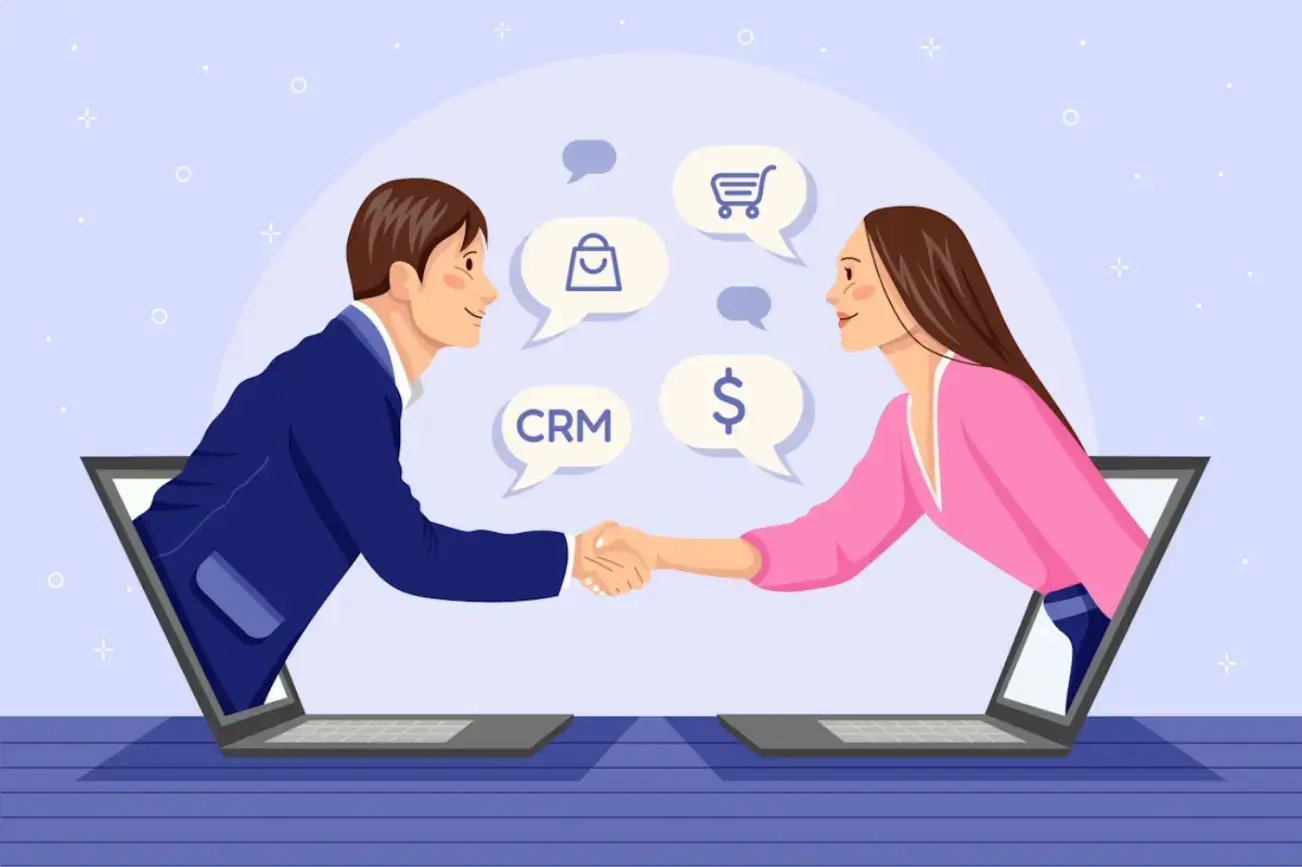
Source: Freepik
Why E-Commerce Stores Choose to Outsource
Before moving ahead into the vetting process, let’s deep dive into the concept that why e-commerce business owners often look to outsource:
- Cost Savings: Outsourcing can reduce labor costs significantly.
- Access to Expertise: Specialized agencies often bring experience and tools you may not have in-house.
- Scalability: It allows you to ramp operations up or down depending on demand.
- Focus on Core Business: Outsourcing operational tasks frees you to focus on strategy, product development, and customer experience that automates the UX requirements.
Step-by-Step Guide to Vetting Your E-Commerce Outsourcing Partner
1. Define What You Want to Outsource
Start by identifying the exact tasks or functions you want to outsource. Common areas include:
- Customer service
- Order fulfillment
- Product listing and content writing
- Paid advertising (PPC, social ads)
- SEO and digital marketing
- Web development and design
Clearly outlining the scope will help you identify the right specialist rather than a generalist.
2. Research and Shortlist Providers
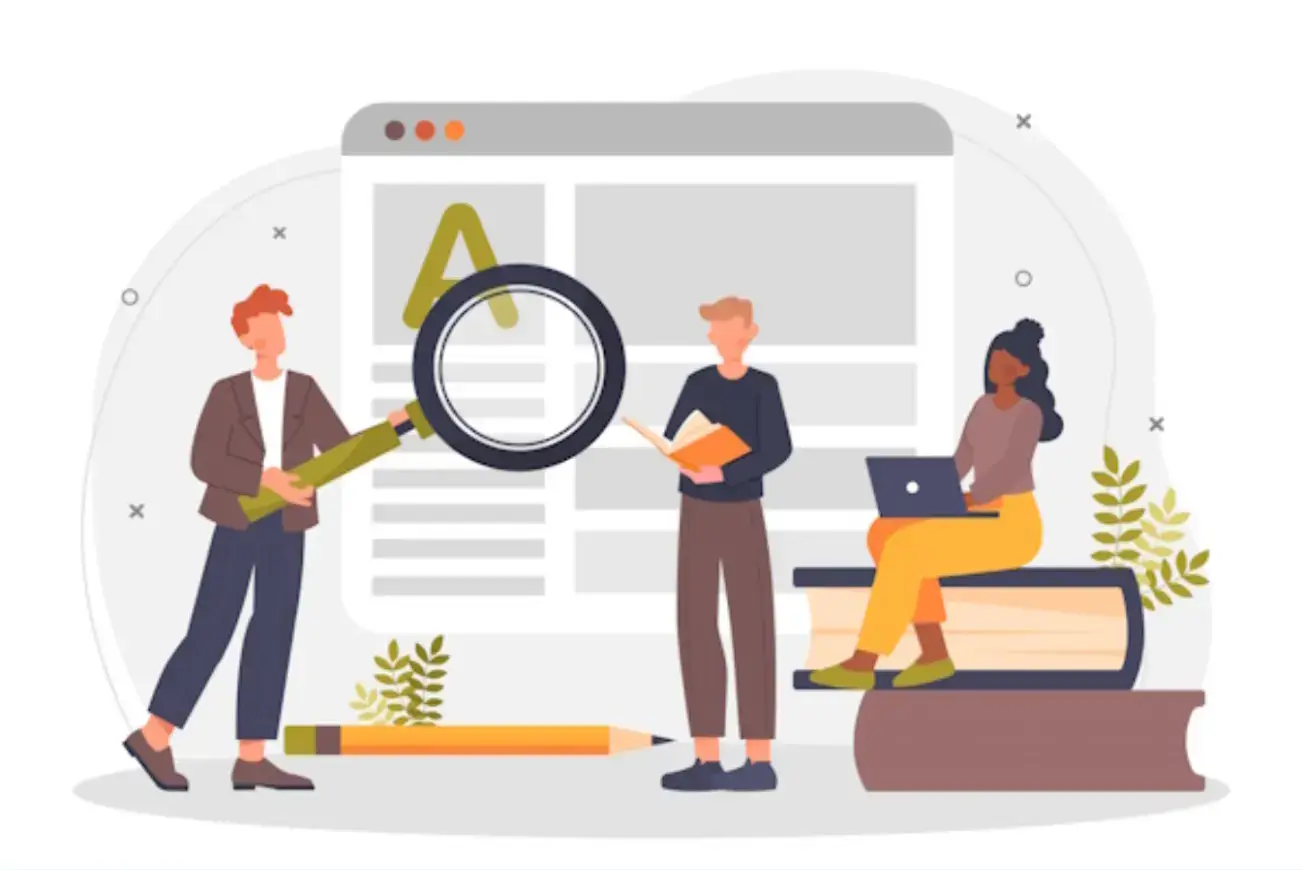
Source: Freepik
Use trusted platforms like Clutch.co, Upwork, or even LinkedIn to find potential partners. Look for:
- Positive reviews and ratings
- Case studies relevant to e-commerce
- Evidence of successful long-term client relationships
Don’t be afraid to reach out to your network for recommendations. Peer reviews can save a lot of time and trouble.
“Partnerships with outsourcing companies go south when they take things for granted or they are not really interested in making the partnership successful.” - Lauren Kochan (Forbes Technology Council Member)
3. Evaluate Communication and Responsiveness
Prompt and clear communication is a major green flag. When you reach out to a potential partner, note:
- How quickly they respond
- Whether they ask clarifying questions
- If they provide well-thought-out answers
Remember, poor communication early on often translates to project delays and misunderstandings later.
4. Review Their Technical Capabilities
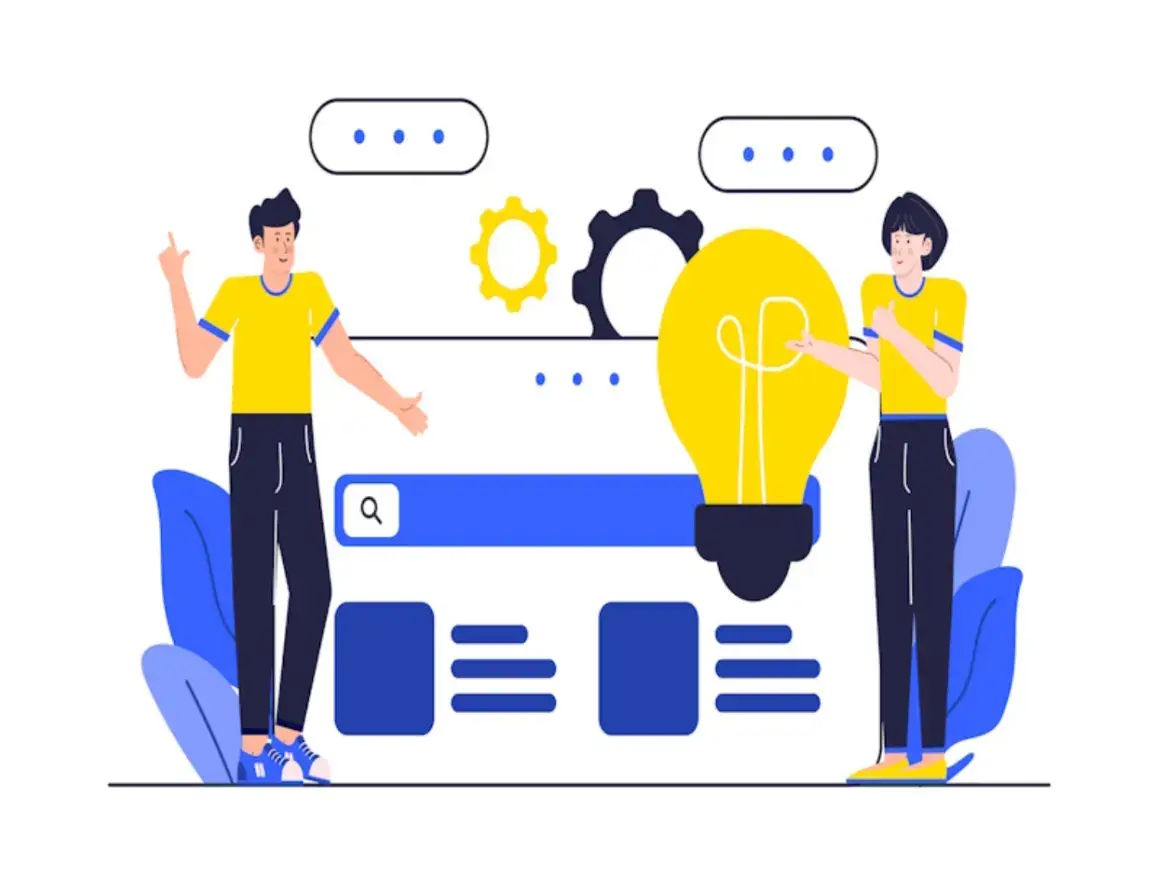
Source: Freepik
If you're outsourcing something technical (like development or marketing), ask for a walkthrough of their tools and systems. For example:
- Do they use Shopify, WooCommerce, or Magento?
- What project management tools do they use?
- Can they integrate with your CRM or email marketing platforms?
Choose someone who is comfortable with your existing stack or has a clear migration plan.
"Do what you do best and outsource the rest" - Peter Drucker, Management Consultant and Author
5. Request References and Past Work
Ask for:
- Case studies
- Portfolio examples
- Client references you can speak to directly
When speaking with past clients, ask about reliability, problem-solving skills, and how the outsourcing partner handled unexpected challenges.
6. Understand Their Pricing Model
Be wary of vague pricing or too-good-to-be-true rates. Make sure you understand:
- Hourly vs. flat rate pricing
- Additional fees (e.g., rush jobs, software costs)
- Contract terms and cancellation policies
A transparent partner won’t shy away from explaining their pricing structure in detail.
7. Start Small With a Pilot Project
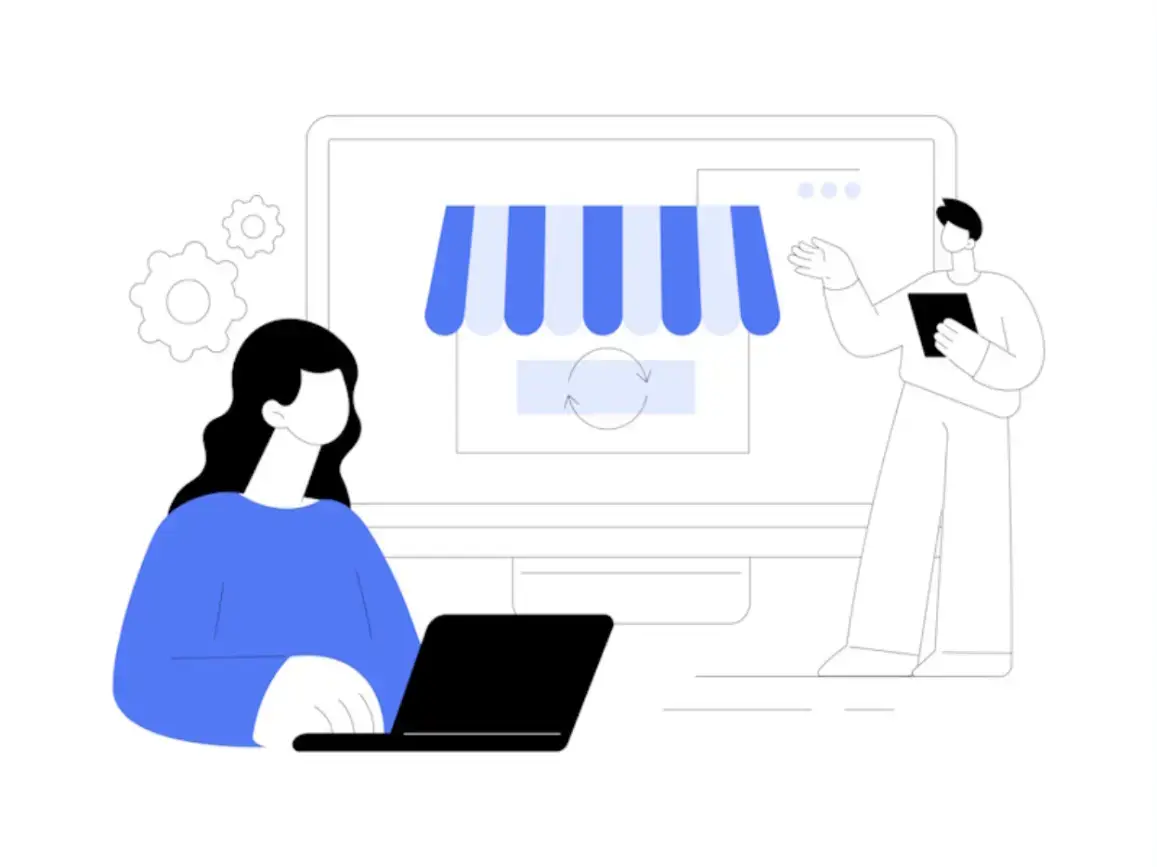
Source: Freepik
Rather than handing over your entire operation, start with a smaller task or a trial period. This lets you:
- Assess their quality of work
- Test their reliability
- Fine-tune your workflow
A successful pilot project is a great indicator of long-term potential.
8. Check for Cultural Fit
Your outsourcing partner represents your brand. Make sure their values align with yours. Consider:
- Language and tone used in customer service
- Their understanding of your target audience
- Willingness to adapt to your business processes
A partner who "gets" your brand is more likely to deliver a seamless customer experience.
9. Confirm Legal and Data Security Standards
Outsourcing means sharing sensitive business and customer data. Ensure they:
- Have clear NDAs and contracts in place
- Follow GDPR, CCPA, or other relevant data protection laws
- Use secure systems for data storage and sharing
Protecting your customers' data should be non-negotiable.
10. Establish Clear Metrics and KPIs
Track performance with measurable KPIs such as:
- Response time (for customer service)
- Order accuracy (for fulfillment)
- Return on ad spend (for marketing)
- Conversion rates (for web development)
Regular performance reviews help you stay in control and ensure accountability.
Common Outsourcing Mistakes to Avoid
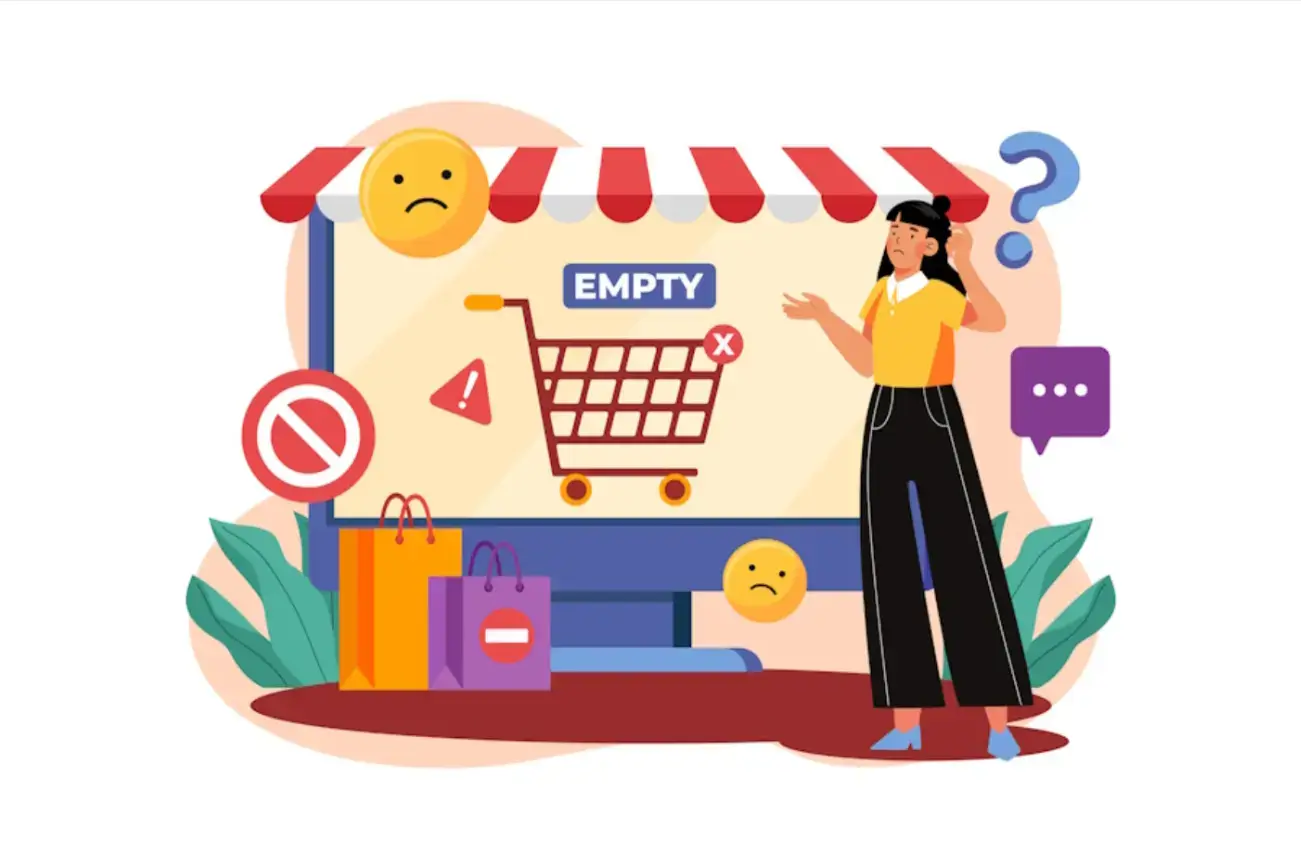
Source: Freepik
- Choosing the Cheapest Option: Low cost often comes at the expense of quality.
- Not Having a Contract: Always have agreements in writing, including timelines and deliverables.
- Skipping the Test Phase: A trial run can reveal deal-breakers before you commit long-term.
- Overlooking Time Zones: Make sure there’s enough overlap in working hours for effective communication.
FAQ: Outsourcing Your E-Commerce Operations
1. How do I know if it's time to outsource?
If you’re overwhelmed with tasks that aren’t core to your business, or your customer service is suffering, it’s probably time to consider outsourcing.
2. Is it better to work with a freelancer or an agency?
Agencies offer more resources and structure, while freelancers can be more flexible and cost-effective. Choose based on your needs and the complexity of the tasks.
3. What tools help manage outsourced teams?
Tools like Slack, Trello, Asana, and Zoom are great for communication and task management. Make sure your partner is comfortable using them.
4. Can I outsource just a part of my business?
Absolutely. Many successful stores outsource only customer service or fulfillment while keeping other functions in-house.
Conclusion: Choosing an Outsourcing Partner That Aligns With Your Goals
Outsourcing can be a strategic move for growing your e-commerce business.
But to truly benefit, you need to choose the right partner—someone who understands your goals, communicates clearly, and delivers consistently.
By following the steps outlined above, you can confidently vet and select an outsourcing partner who enhances your operations rather than complicating them.
Remember: outsourcing isn't just about cutting costs. It's about expanding your capabilities and giving your business room to grow.
If you're planning to outsource e-commerce operations, take your time to vet the right partner. Your brand's reputation depends on it.
Author Bio
I am a Business Growth Strategist at a Leading Software Development Company. Apart from working on a long-lasting relationship with customers and boosting business revenue, I am also interested in sharing my knowledge on various technologies through successful blog posts and article writing.


